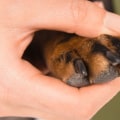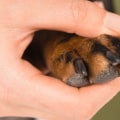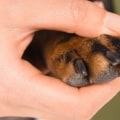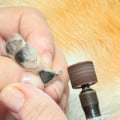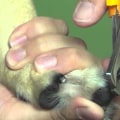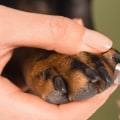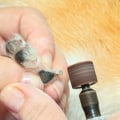To begin with, you'll need a clean cotton cloth that you'll place and press directly on the bleeding nail. It aims to replace the bad experience of having a nail cut too short with the positive experience of a routine nail cut. Fortunately, it's quite rare for an infection to occur from a toenail cut that is too short, but I would still try to prevent your dog from licking his nail if possible. Hi Donna, I wouldn't expect a dog to lift a leg from a fingernail being too short a day or more after the experience.
Nails that are cut too short rarely get infected, but there may be something else going on that started when the nail was cut. If your dog catches his nail on the sidewalk during a walk or if, without realizing it, you cut his nail at the base, the wound can bleed considerably. Your problem is not uncommon and I would like more people to seek help, like you, so that cutting their nails is not a lifelong trauma for their dogs. You can usually easily tell where to cut your dog's nails by looking for where the nail starts to curl and narrow.
Keep in mind that, while it is true that a Dremel cauterizes when it shortens the nails (so there is no blood), the dog will continue to feel pain if its nail is “too short”. Damage to the fast, whether from hooking a nail into a fence and breaking it or from having the nail too short, causes pain and bleeding. Many dogs can bite or bite due to sudden pain, which can undoubtedly make it difficult to cut their nails in the future. Be sure to follow up any nail injury with something positive to avoid a negative association with nail cutting.
After all, dogs frequently break and damage their nails when digging, running, or doing other activities. In my experience, some dogs don't react at all when the fast one is cut off, and other dogs may walk away or give a little scream. In this case, you'll have to trim your nails slightly every week or so so that they can be removed quickly and cut again.
